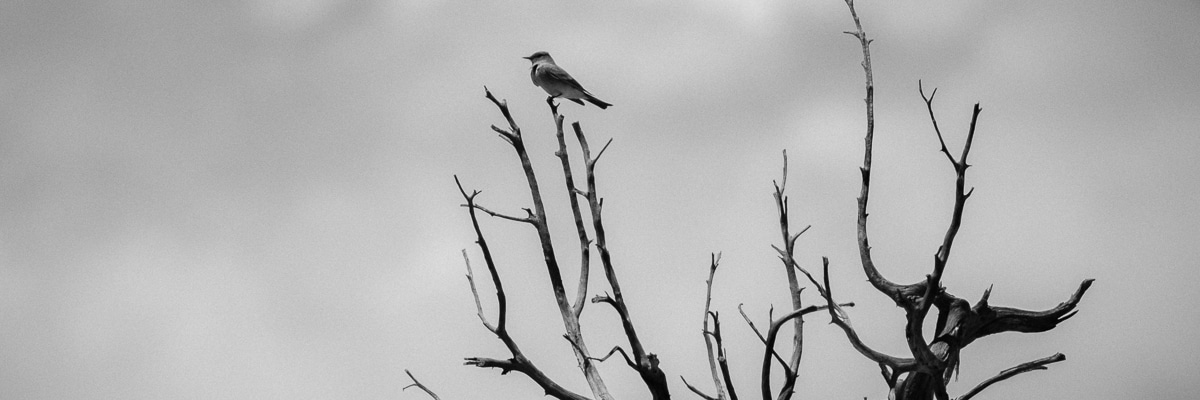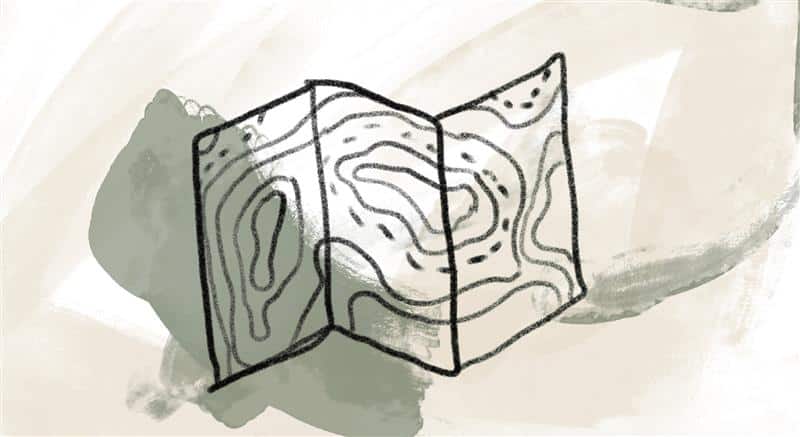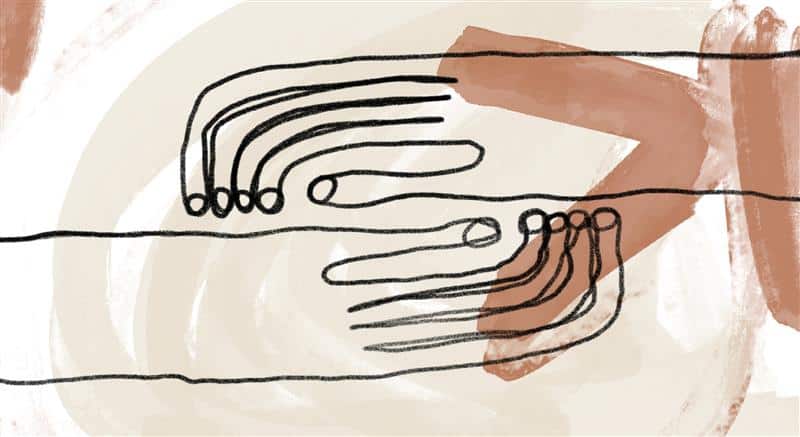
Palm Sunday
As Holy Week begins, Richard Rohr reflects on how quickly we tend to transmit our pain to others:
Human nature, when seeking power, wants either to play the victim or to create victims of others. In fact, the second follows from the first. Once we start feeling sorry for ourselves, we will soon find someone else to blame, accuse, or attack—and with impunity! It settles the dust quickly, and takes away any immediate shame, guilt, or anxiety. In other words, it works—at least for a while.
When we read today’s news, we realize the pattern hasn’t changed much in all of history. Hating, fearing, or diminishing someone else holds us together for some reason. Scapegoating, or the creating of victims, is in our hard wiring. Philosopher René Girard called “the scapegoat mechanism” the central pattern for the creation and maintenance of cultures worldwide since the beginning. [1]
The sequence, without being too clever, goes something like this: we compare, we copy, we compete, we conflict, we conspire, we condemn, and we crucify. If we don’t recognize some variation of this pattern within ourselves and put an end to it early on, it’s almost inevitable. That’s why spiritual teachers of any depth will always teach simplicity of lifestyle and freedom from the competitive power game, which is where it all begins. It is probably the only way out of the cycle of violence.
It’s hard for us religious people to hear, but the most persistent violence in human history has been “sacralized violence”—violence that we treated as sacred, but which was, in fact, not. Human beings have found a most effective way to legitimate their instinct toward fear and hatred. They imagine they are fearing and hating on behalf of something holy and noble: God, religion, truth, morality, their children, or love of country. It takes away all guilt, and one can even think of oneself as representing the moral high ground or being responsible and prudent as a result. It never occurs to most people that they are becoming what they fear and hate. [2]
Therapist Matthias Roberts describes how Jesus defied the scapegoating pattern:
Jesus walked willingly into a human world defined—as it still is today—by violence and dependence on scapegoats…. He was murdered not because God wanted or needed his sacrificial death but because as humans, when the stakes are high, we determine who is in and who is out through violence and death.
But Jesus … broke the system because what was supposed to happen didn’t.
The scapegoat didn’t stay dead. And the victors, in this case, didn’t get to write the only version of the story.
The scapegoat came back to life and told a different story, a truer story, a story about life and love. And through his story, Jesus revealed our ideas about God had been wrong all along.
God and Jesus are nothing like the violent and vengeful world we live in. [3]
References:
[1] The scapegoat concept is a key feature of Girard’s thought, especially in Violence and the Sacred (1972), chapter 4; and The Scapegoat (1982), chapter 3.
[2] Adapted from Richard Rohr, Things Hidden: Scripture as Spirituality (Cincinnati, OH: Franciscan Media, 2008, 2022), 144–145.
[3] Matthias Roberts, Holy Runaways: Rediscovering Faith after Being Burned by Religion (Minneapolis, MN: Broadleaf Books, 2023), 178.
Image credit: Benjamin Yazza, Untitled (detail), New Mexico, 2023, photograph, used with permission. Click here to enlarge image. Who do we push outside the circle of our acceptance to sing alone on the branches of a burnt and mangled desert tree?
Story from Our Community:
I live in the countryside by a lake. Everywhere, I see the splendor of God—from the dew drops sparkling on a wolf spider’s web, to the rain drops sparkling like diamonds on the new fronds of a cypress tree. Seeing the shimmer in the morning on the lake, I imagine all the souls with God in heaven. I feel so blessed to see and appreciate these things. This is my church. —Jane S.




